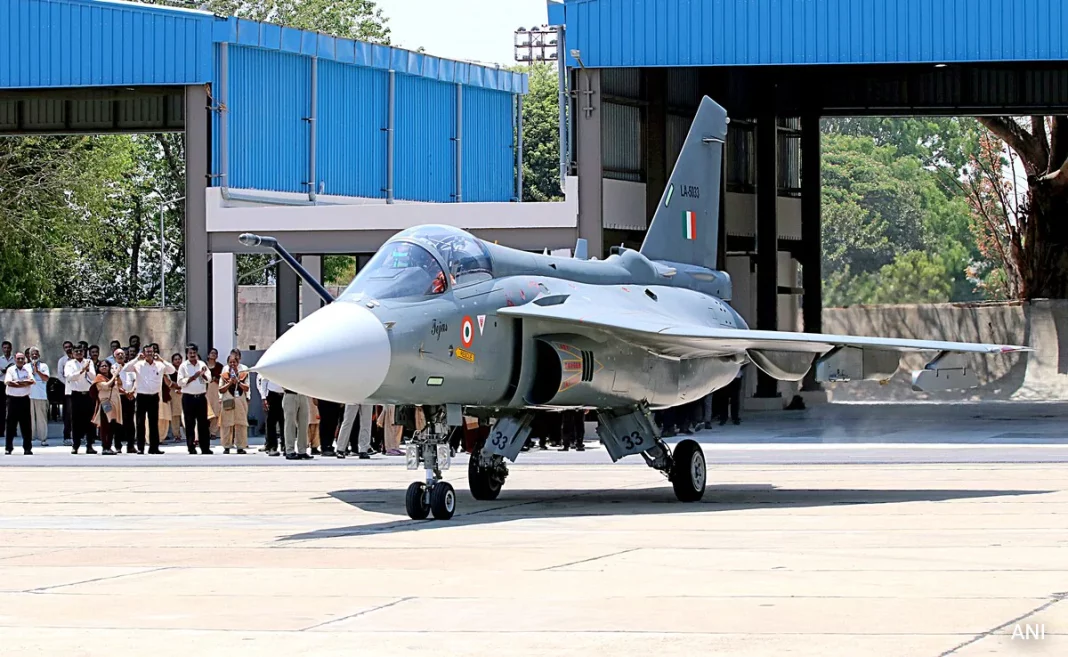Hindustan Aeronautics Limited (HAL) is set to deliver the first Tejas Mk-1A aircraft from its new production facility in Nashik by the end of June, marking a key breakthrough for India’s indigenous fighter jet programme. The move comes just days after Air Chief Marshal Amar Preet Singh publicly raised concerns over delays in production timelines, emphasizing the urgent need to strengthen the Indian Air Force’s combat readiness.
The delivery is part of a ₹48,000 crore contract signed in February 2021 for 83 Tejas Mk-1A aircraft, which were initially slated for induction by March 2024. HAL’s Nashik line, developed to complement the existing Bengaluru production units, was established to accelerate delivery after bottlenecks threatened to derail the programme’s schedule.
Delays have primarily been caused by late engine supplies from GE Aerospace and hold-ups in certification processes. HAL Chairman Dr. D.K. Sunil confirmed that engine deliveries have now resumed, stating, “We have all Mk-1A structures ready. Once engines arrive, rollouts will begin.” In March 2025, GE Aerospace finally handed over the first of 99 F404-IN20 engines, easing a two-year supply backlog.
The Mk-1A variant is seen as critical for modernizing the IAF’s fighter fleet, especially as legacy platforms like the MiG-21, MiG-27, and Jaguar are phased out. The timely induction of these aircraft is vital for maintaining operational strength and bridging capability gaps. In addition to the original order, the IAF is reportedly preparing to place a follow-on order for 97 more Tejas Mk-1A fighters, estimated at ₹67,000 crore, which would bring the total fleet to 180 aircraft.
To address production hurdles, the Ministry of Defence has activated a defence empowerment committee under Defence Secretary Rajesh Kumar Singh. The committee is exploring expanded outsourcing, including fuselage production by private firms, to improve manufacturing efficiency.
With HAL now projecting an annual output of 16–24 Mk-1A aircraft from 2025–26, the Nashik facility’s contribution is expected to be pivotal in meeting targets. The Ministry remains optimistic that the production line will stabilize over the next year, ensuring a steady supply of advanced fighters to the IAF.
The upcoming delivery from Nashik is not only a technical milestone but also a strategic signal of progress in India’s indigenous defense manufacturing efforts. It underscores the importance of timely execution as India continues to prioritise self-reliance and operational preparedness in a challenging regional security environment.





